Juicing has gained immense popularity in recent years for its potential health benefits and refreshing taste. Whether you’re a seasoned juicing aficionado or just starting out, encountering issues during the juicing process is not uncommon. From clogged machines to unpalatable concoctions, various challenges can arise. Here are some of the most common problems encountered when juicing, along with practical solutions:
- Clogging and Jamming:
Problem: One of the most frustrating issues is when your juicer becomes clogged or jammed, halting the juicing process.
Solution: To prevent clogging, ensure you’re properly preparing your fruits and vegetables. Remove any large seeds, pits, or tough skins before juicing. Additionally, try alternating between soft and hard produce to help the juicer process more smoothly. If a clog does occur, turn off the juicer and disassemble it carefully. Clear any blockages before reassembling and continuing.
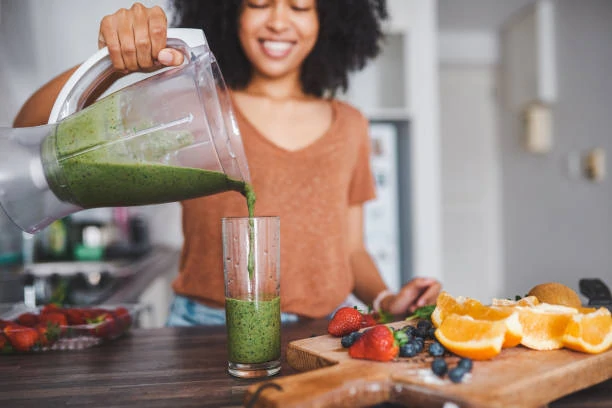
- Foam and Separation:
Problem: Excessive foam or separation of juice layers can detract from the overall drinking experience and may indicate improper juicing techniques.
Solution: To minimize foam, try using a strainer or skimmer to remove excess bubbles before pouring the juice into a glass. Additionally, consider adding ingredients with natural emulsifying properties, such as citrus fruits or leafy greens, to help bind the juice together. Stirring or shaking the juice before serving can also help ensure a more homogeneous mixture.
- Bitter or Unpleasant Taste:
Problem: Sometimes, despite using fresh ingredients, the resulting juice may have a bitter or unpleasant taste.
Solution: This issue often stems from including certain fruits or vegetables with bitter compounds or past their prime. Experiment with different combinations and adjust ingredient ratios to find a balance that suits your taste buds. Adding sweeter fruits like apples or carrots can help mask bitterness. Additionally, consider incorporating herbs or spices to enhance the flavor profile of your juice.
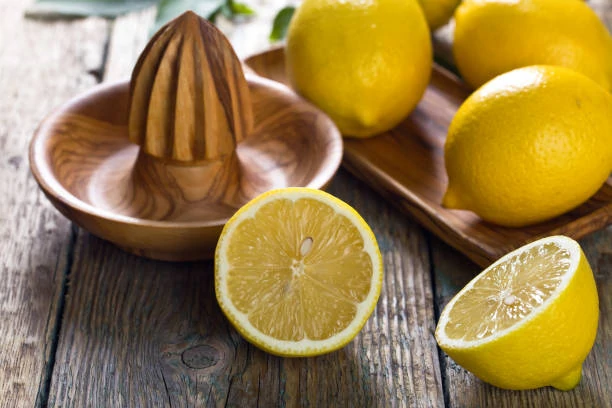
- Wastage of Produce:
Problem: Juicing can generate a significant amount of pulp and leftover fiber, leading to concerns about wastage.
Solution: Rather than discarding the pulp immediately, consider creative ways to repurpose it. Pulp can be used in baking, soups, smoothies, or as compost for your garden. Alternatively, some juicers have attachments for making nut butters or frozen treats using leftover pulp. Embracing zero-waste principles can not only reduce environmental impact but also maximize the value of your produce.
- Cleaning and Maintenance:
Problem: Neglecting proper cleaning and maintenance can result in residue buildup, unpleasant odors, and reduced juicer efficiency.
Solution: Develop a routine for cleaning your juicer immediately after each use. Disassemble the juicer and rinse each component thoroughly with warm water. Use a brush or sponge to scrub away any stubborn residue. For deeper cleaning, soak removable parts in a mixture of warm water and vinegar or baking soda to dissolve buildup. Refer to your juicer’s manual for specific cleaning instructions and avoid immersing electrical components in water.
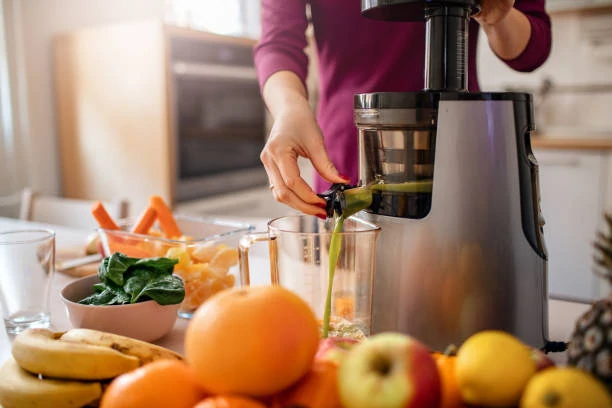
By addressing these common juicing problems with proactive solutions, you can elevate your juicing experience and enjoy delicious, nutrient-rich beverages with ease. Remember to experiment with different ingredients and techniques to discover what works best for you. With a little practice and patience, juicing can become a rewarding and enjoyable part of your healthy lifestyle.


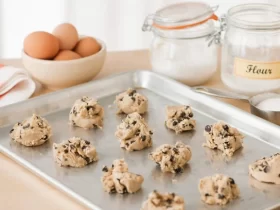


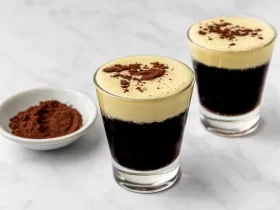
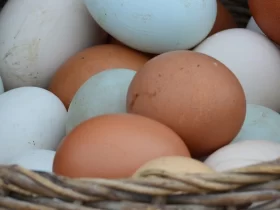
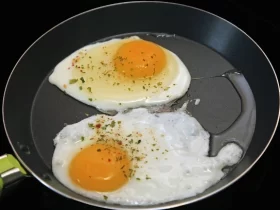



Leave a Reply